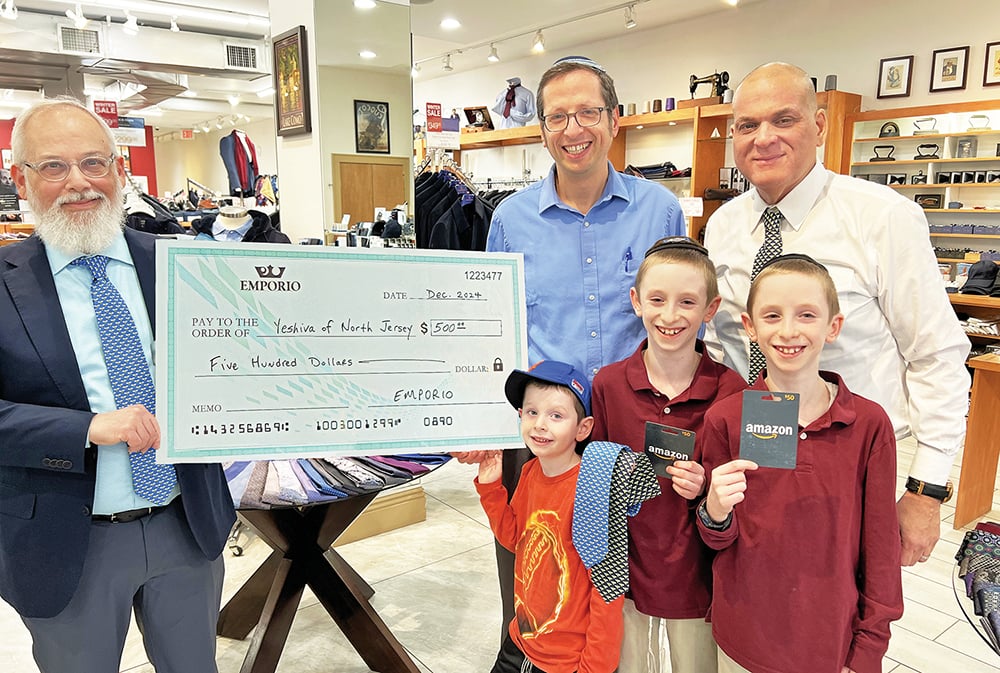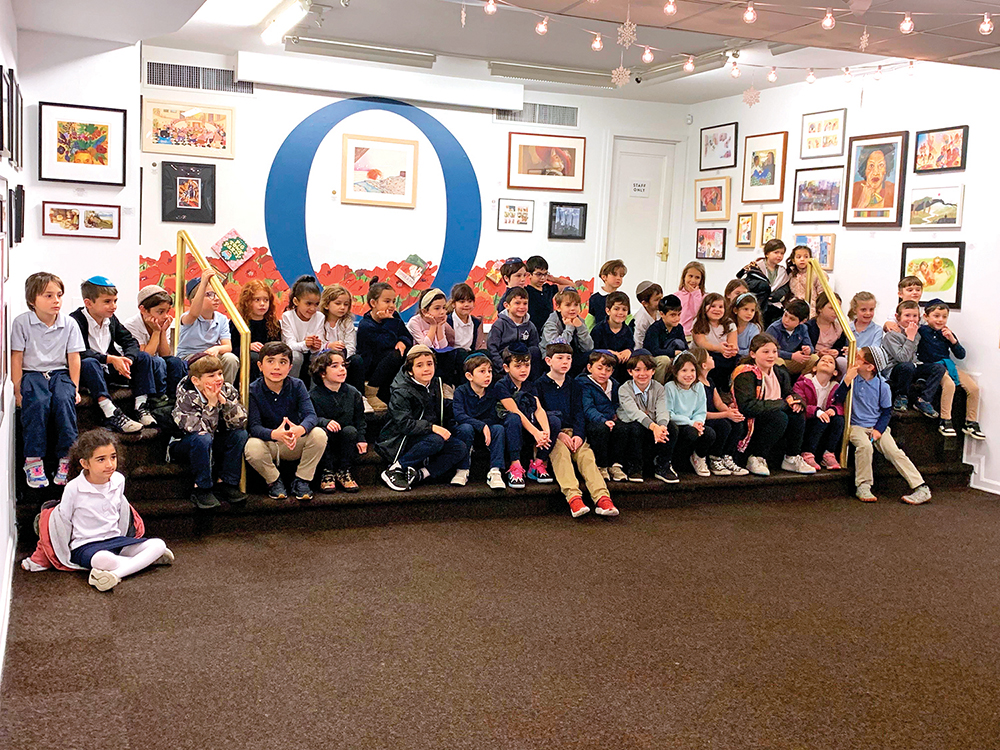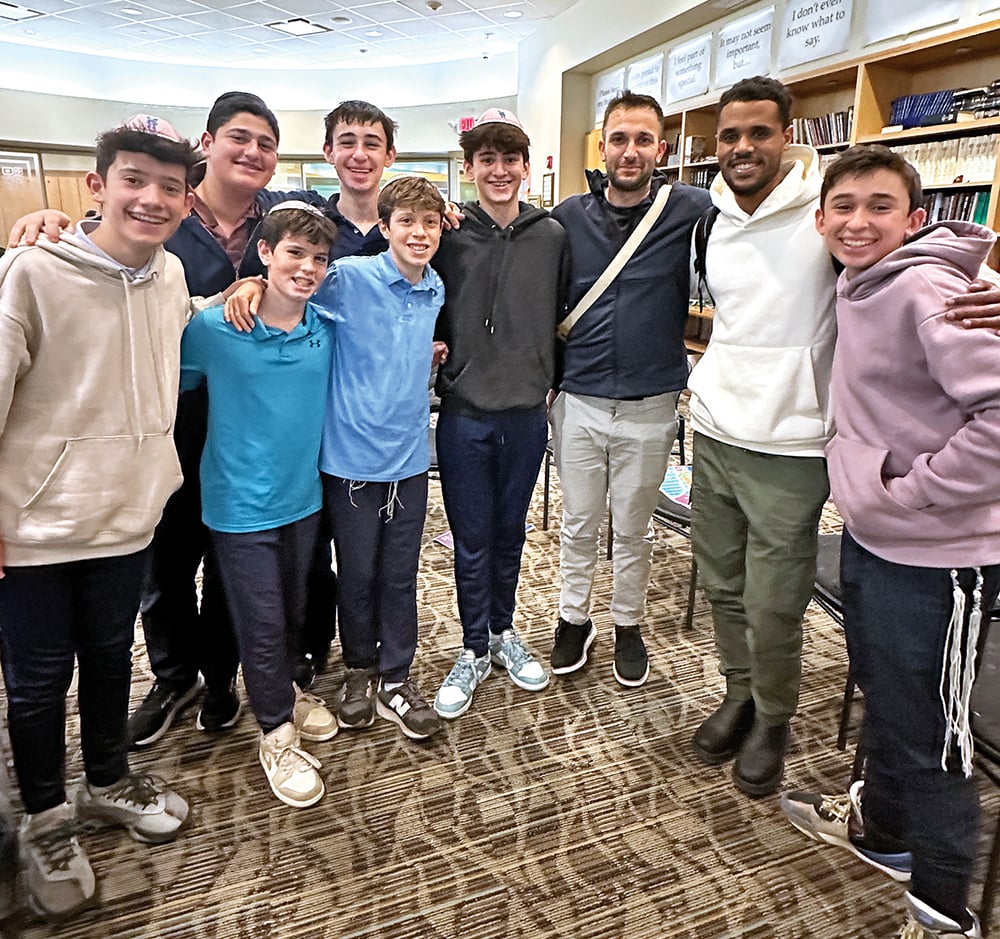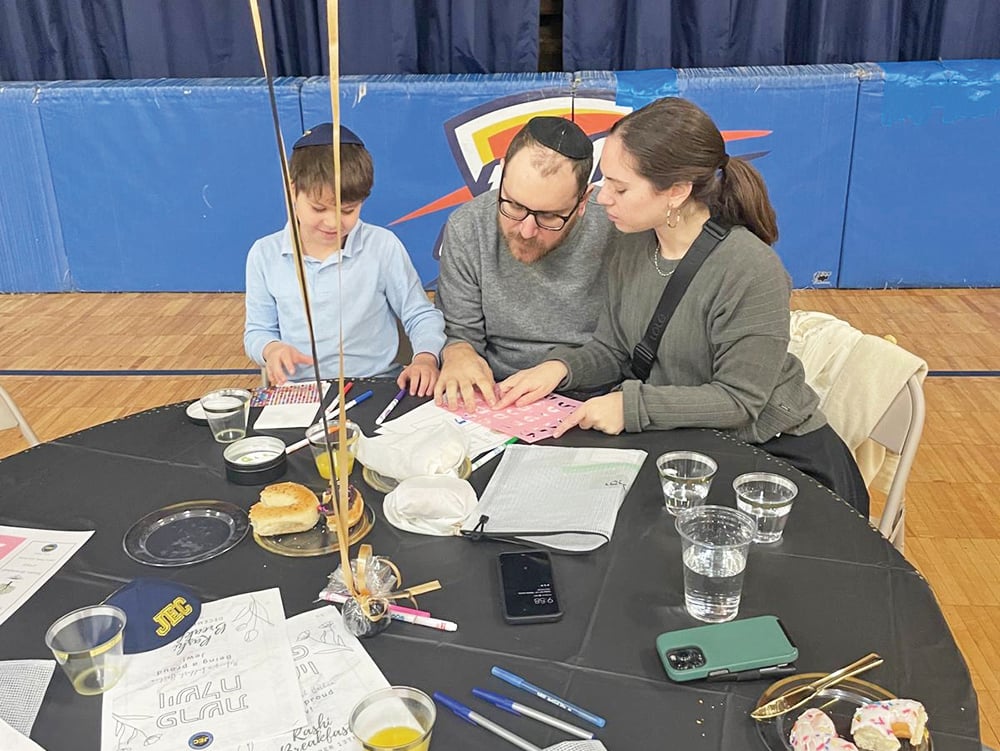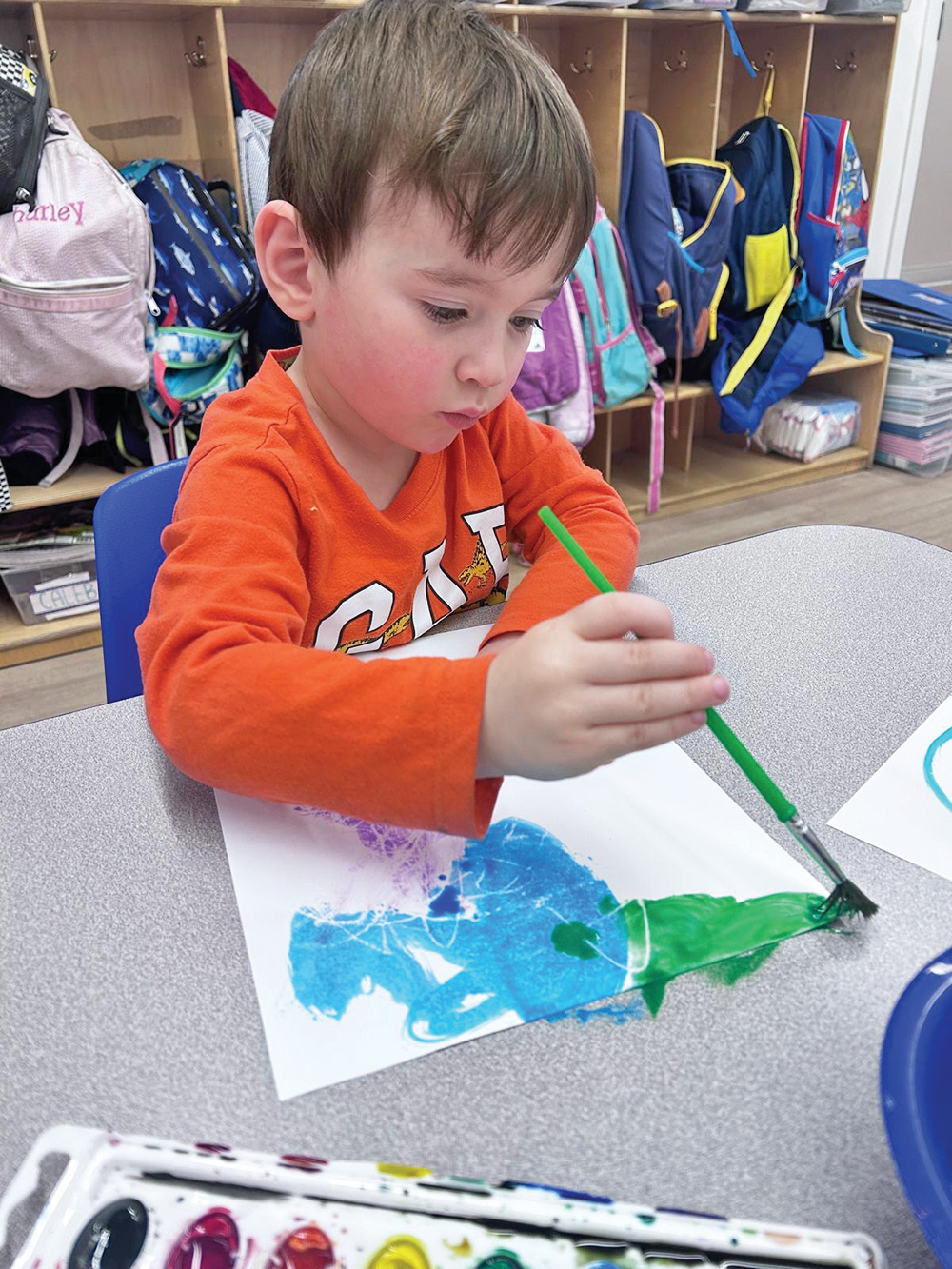The Kotzker Rebbe, Menachem Mendel of Kotzk, zt”l, was once visiting a certain town, and as was customary with visiting teachers, he was invited to the local cheder to spend time with the young talmidim and to farheir them, to test them. When the Kotzker arrived, he learned that the boys were studying Parshat Bereishit, in the pesukim where the descendants of Adam are listed generation by generation: “So-and-so lived for a certain number of years, had certain children, and then died.”
The Rebbe asked one of the boys to read and translate a few of the pesukim. The student read, “And Sheit lived 105 years and gave birth to Enosh, and it was that all the days of Sheit were 912 years, and Sheit died…”
Shaking his head, the Rebbe interrupted, “No, no, that’s not right. Noch amol, read again.” The melamed frowned; surely the boy had read and translated correctly. But the Rebbe insisted, “Zog noch amol, read it again.” The boy re-read the pasuk word for word and translated it according to the p’shat. But the Rebbe shook his head; “Again…”
Another student gave it a shot. He read the pasuk, gave the simple translation, and without a pause continued with the next pasuk: “…And Enosh lived 90 years and gave birth to Kenaan, and it was that all the days of Enosh were 905 years, and he died.” The Rebbe shook his head with disapproval and said, “No, no, noch amol.” He repeated his effort at translating the pesukim, but the Kotzker was still displeased. The melamed became more and more confused and frustrated.
Yet another boy tried: “…And Kenaan lived 70 years and gave birth to Melalel, and it was that all the days of Kenaan were 910 years, and he died.” Again, the Kotzker vigorously disapproved, and finally the melamed, full of remorse, apologized for whatever his shortcoming was in the way he was teaching the children. “Please,” he begged, “instruct us in the correct way! Rebbe, teach us the p’shat!”
Said the Kotzker, “Azoy, this is the way it should be read: With a booming voice the Rebbe cried out, “And Kenaan LIVED 70 years!”…and at the end of the pasuk his voice dropped to a whisper: “…and then he died.” In each pasuk, the Kotzker raised his voice and accentuated the person’s years of “life,” and became barely audible when mentioning his death.
“You see,” said the Rebbe, “the emphasis for us Yidden is how we live, what we live for, how alive we are, what we accomplish here in this world. The amount of time that we were here is only secondary.”
We have just spent the greater part of this month davening for life: “Zochreinu l’chaim, kotveinu l’chaim, chotmeinu l’chaim; remember us for life, inscribe us for life, seal us in the Book of Life…” Parshat Bereishit gives us another opportunity to begin again, to consider what it is about our lives that makes us truly alive, to refocus ourselves on what we are living for and commit ourselves to investing in that which gives us vitality. We should remember that it is not how long we live, but how we live, which is most important.
On the surface, the generations of Adam and Chava may sound almost like a registry. But the Torah is urging us: the creation of this world, all of existence, is only truly meaningful when we live with purpose, and are fully alive. And thus we begin a new cycle of Torah reading in the new year with freshness, as though we have never heard it before.
Ve’atem haDveikim b’Hashem Elokeichem, chaim kulchem haYom, “And you who are cleaving to Hashem your God, you are all alive today…” (Devarim 4:4).
May we be counted among those who are fully engaged in life, with presence, joy, newness and purpose, truly alive.
Rabbi Judah Mischel is Executive Director of Camp HASC, and Mashpiah of OU-NCSY. He is a member of Mizrachi’s Speakers Bureau (www.mizrachi.org/speakers).



